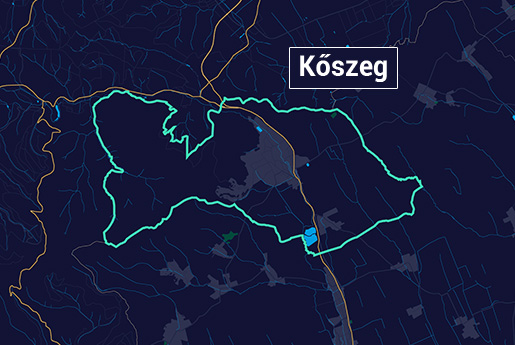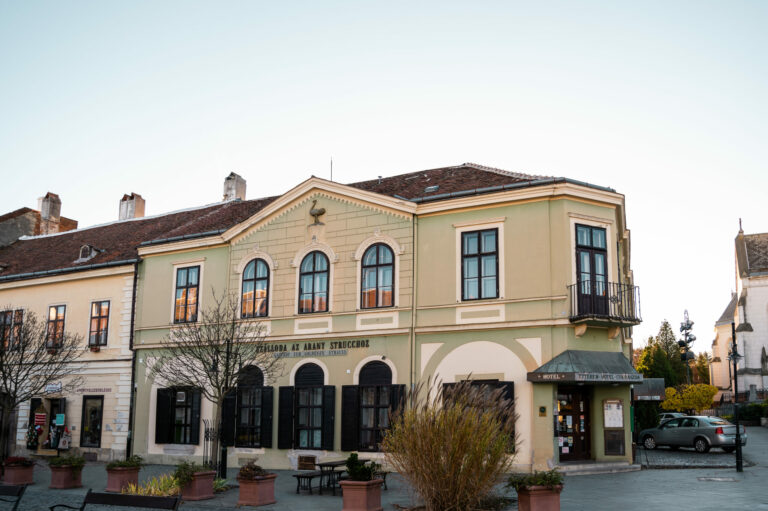
The Golden Ostrich Hotel of Kőszeg
A kőszegi Arany Strucc Szálloda az ország legrégibb vendégfogadója, amely már a 16. század végén is működött és ma is ugyanezt a funkciót látja el.
Kőszeg is nature. The townscape is defined by the low, rolling hills of the vicinity, its subalpine climate has a healing power, its fauna and flora boast a rich diversity so to see and conquer this town is good for both body and soul.

A kőszegi Arany Strucc Szálloda az ország legrégibb vendégfogadója, amely már a 16. század végén is működött és ma is ugyanezt a funkciót látja el.
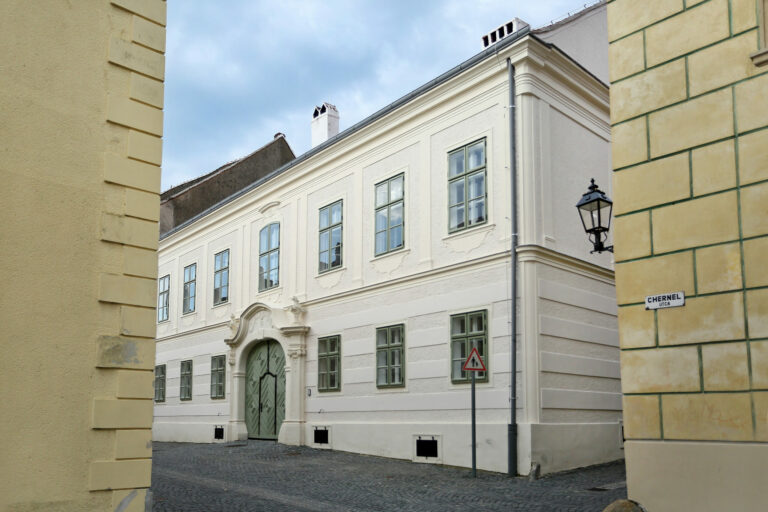
A városlakók által jól ismert Chernel vagy Festetics palota.Festetics Imre a természet genetikai törvényeinek első felismerője, Kőszeg polgára, aki tudományos teljesítményével a világ élvonalába tartozott.
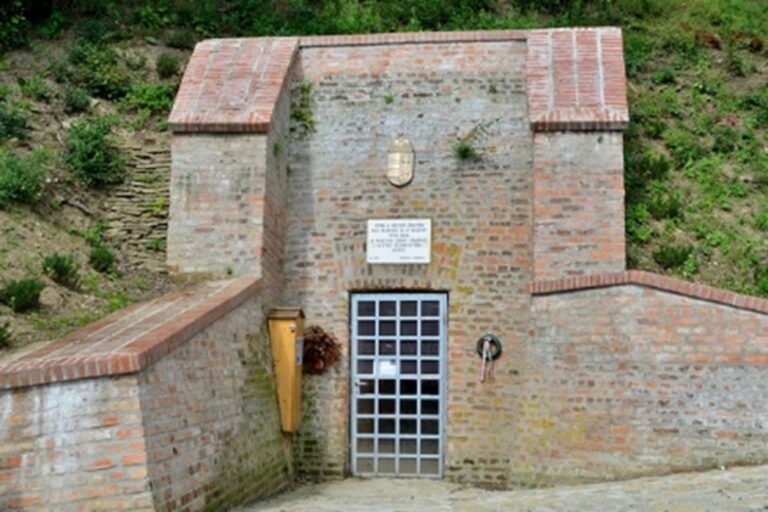
A Szent Korona második kőszegi tartózkodásnak jelentőségét az adja, hogy 1945-ös menekítése során a 33 éves németországi, majd egyesült államokbeli száműzetését megelőzően ekkor tartózkodott utoljára Magyarország területén.

A Kőszeget körül ölelő hegység egyik legmagasabb pontján áll az Óház-kilátó, melynek helyén az Árpád-kor óta erősség állt.
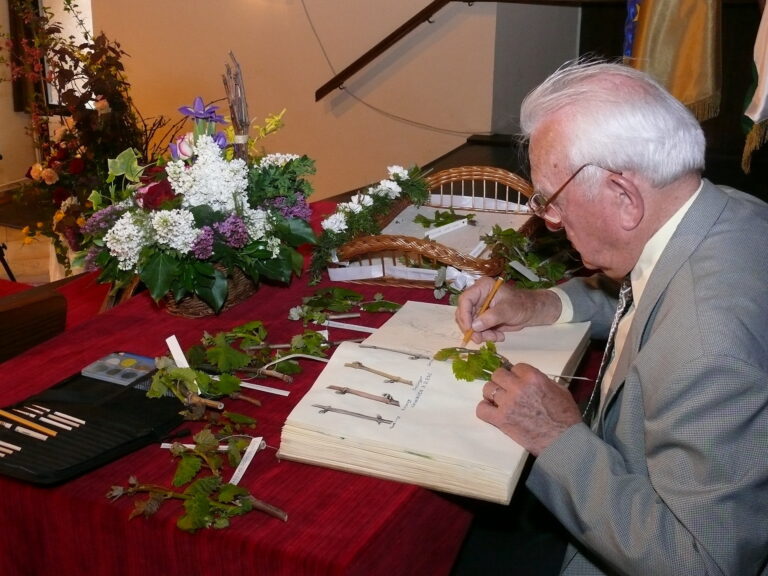
A kőszegi Szőlő Jövésnek szokása egy sok évszázados hagyomány, melyet minden évben Szent György napon, április 24-én tartanak.
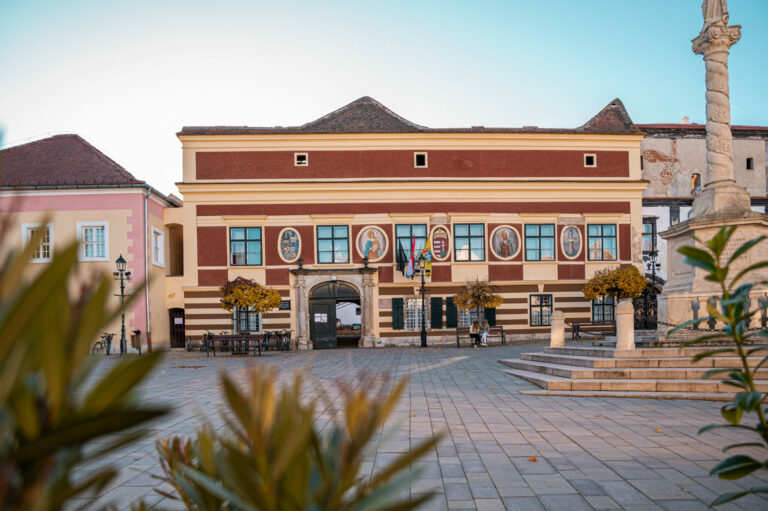
A kőszegi városháza legrégebbi szárnya a 15. században már állt, a többször bővített épület még mai is hivatalként működik, ezzel az ország legrégibb ilyen funkciót ellátó épülete.
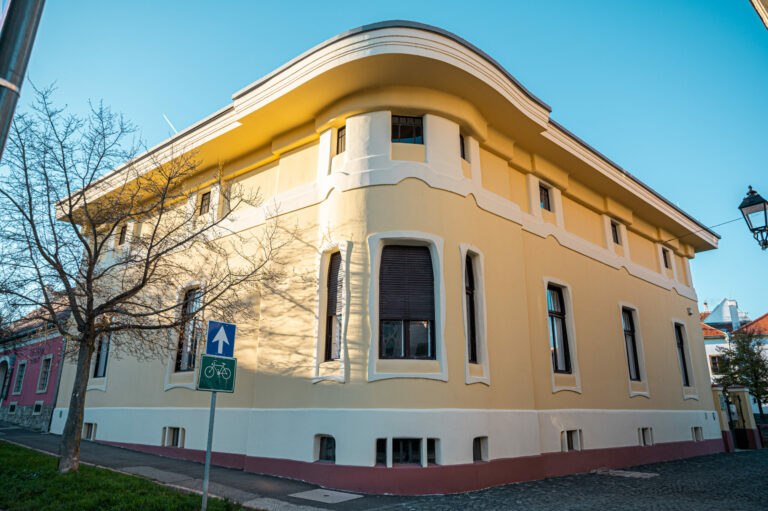
A kőszegi belváros egyetlen szecessziós épülete. Szemző Sándor ügyvéd megbízásából készült az 1910-es évek végén, később Reményi Ferenc tulajdonában élt, aki haláláig használta. Reményi katonatisztként Kőszegre volnult, a katonai alreál is kolában is tanított, fiatal tisztként világkörüli útjára elkísérte Ferenc Ferdinánd trónörököst.
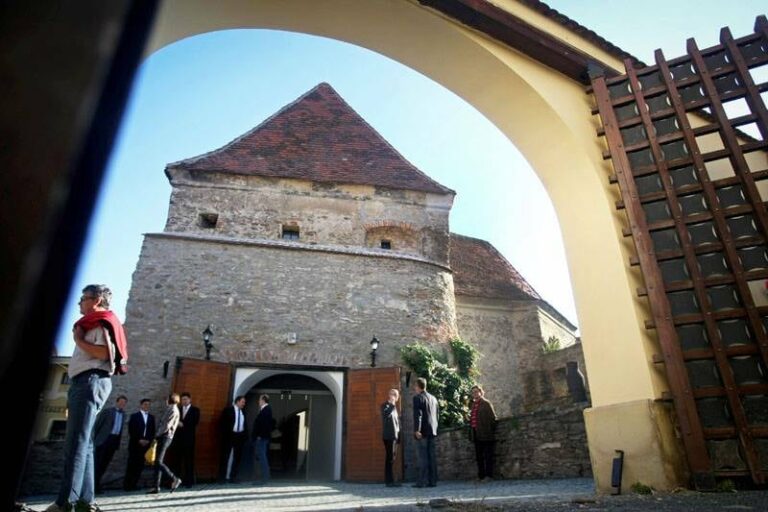
Zwinger, másnéven Öregbástya. A Chernel utca 16. szám alatt található, a kőszegi Felsőbbfokú Tanulmányok Intézetének épülete.
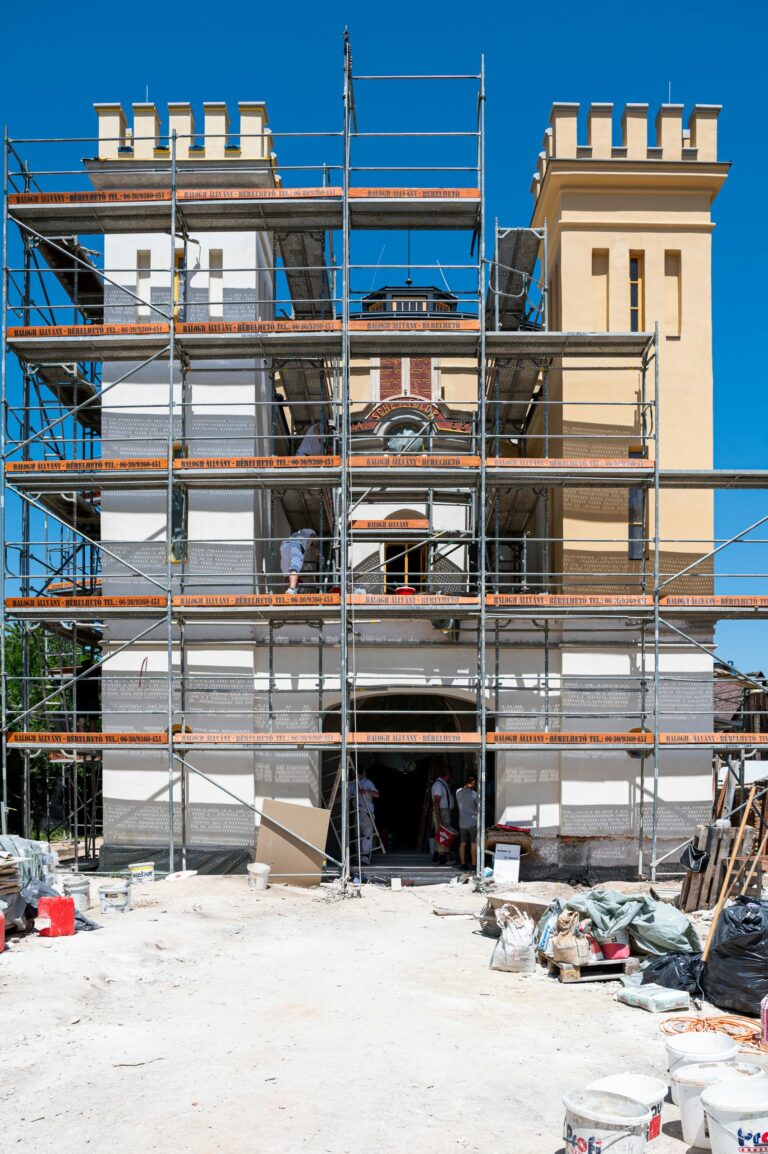
A zsinagóga 1856-ban épült romantikus stílusban. A kőszegi zsidó hitközség 1859-ben vette használatba.

Ambrózy-ház az egyik legrégibb, középkori eredetű belvárosi lakóépület, feltehetően több ház egyesítése eredményeként készült a 16. században, sgraffitós díszítése is ebből az időből származik. Az 1710-es tűzvész utáni években, amikor a városháza használhatatlan volt, itt ülésezett a városi tanács. Nevét Ambrózy Sámuel evangélikus kereskedőről és szenátorról kapta, a 18. század közepétől évtizedekig a Mecséry család birtokolta a házat.

Kőszeg is nature.
The townscape is defined by the low, rolling hills of the vicinity, its subalpine climate has a healing power, its fauna and flora boast a rich diversity so to see and conquer this town is good for both body and soul.
Kőszeg is history.
Its strength was revealed as early as 1532 when the town stopped the Ottoman Army thus proving that it has a power to defend itself and can adapt a key role in the region. The bells, tolling at 11 o’clock reminding us of the town’s victory, can be sounded from as many as eight churches. Church steeples embellishing the townscape made up of neatly reconstructed town buildings hide a great many interesting life stories. In Kőszeg, the residential buildings have stories about the Chernel or the Festetics family, the town’s fountain plays the music of Liszt, and the wall murals evoke the memory of St Paul.
Kőszeg is tradition.
The town’s most celebrated day is when the pencilled drawings of the first grapevine sprouts are recorded in an ancient book on St George’s Day. A 100-year-old production line is still ticking on at the town’s felt factory, the castle garden has large bushes of herbs, the backyards hide vegetable gardens the produce of which are offered outside the houses for passers-by against payment dropped in “honesty boxes”.
Kőszeg is innovation.
The town has been a melting pot for knowledgeable monks, great thinkers, renowned artists, excellent teachers and respectable tradesmen. The knowledge that they have accumulated over time serves as a basis and a safe harbour for innovative activities that can provide a boost for education institutions, creative development projects and courageous enterprises despite the enormous challenges we face in the 21st century.
